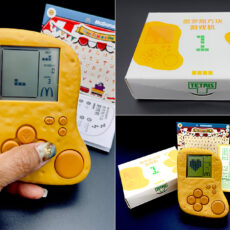
Oxford University researchers recently conducted a study where they presented 297 participants with images of AI-generated food next to their real-life counterparts. These images consisted of a range of natural, processed, and ultra-processed foods, from pies to fries.


When the 297 participants were not aware of the image creation process, the AI-generated version was consistently rated as significantly more appetizing than the real food image. What might surprise you is that when the same group was told how each image had been created—whether through photography or AI, they tended to rate both versions equally appealing.
- 𝑫𝒐𝒓𝒎-𝑭𝒓𝒊𝒆𝒏𝒅𝒍𝒚 𝑪𝒐𝒐𝒌𝒊𝒏𝒈: Compact design fits perfectly in dorms, offering versatile Air Fry,...
- 𝑴𝒐𝒓𝒆 𝑷𝒆𝒓𝒔𝒐𝒏𝒂𝒍 𝑴𝒐𝒎𝒆𝒏𝒕𝒔: Compact basket heats faster, cutting down kitchen time and can help...
- 𝑬𝒂𝒔𝒊𝒆𝒓 𝑪𝒐𝒐𝒌𝒊𝒏𝒈 𝒇𝒐𝒓 𝑺𝒆𝒏𝒊𝒐𝒓𝒔: Ultra-light 4.87-lb air fryer makes cooking easy,...



While AI-generated visuals may offer cost-saving opportunities for marketers and the industry by reducing the cost of commissioning food photoshoots, these findings highlight potential risks associated with exacerbating ‘visual hunger’ amongst consumers—the phenomenon where viewing images of food triggers appetite and cravings. This could potentially influence unhealthy eating behaviors or foster unrealistic expectations about food among consumers,” said Charles Spence, Study supervisor and co-author Professor.
[Source]










